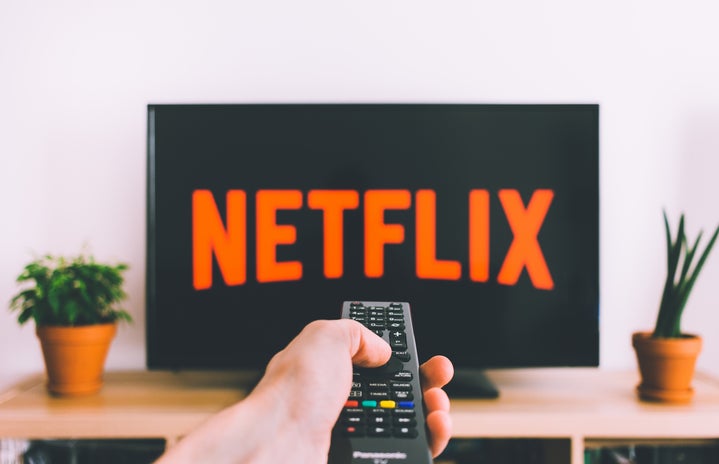Edited by: Aneesha Chandra
The trope of feminist pop culture has gained significant traction over the past decade. Some of the most watched shows on Netflix and other streaming platforms are feminist shows. Strong feminist characters like Cristina Yang, Peggy Olsen, and Leslie Knope invite change and inspire non-Cis het men to take the spotlight in real life. Two such shows that have raised the bar are Freeform’s The Bold Type and Two Brothers Pictures’ Fleabag.
The Bold Type is a comedy-drama series revolving around the lives of three millennial woke women who work at Scarlet magazine —a progressive women’s magazine that publishes a wide variety of articles ranging from relationship advice to feminism in politics. At its surface, the show may seem snazzy and shallow. After all, the chic outfits and the glamorous lifestyles of the characters dazzle the audience and keep them hooked. However, at its core, the show discusses contemporary issues affecting women such as transphobia, sexism, assault, class, fertility, and racism. The nuanced explorations of these themes take the audience by surprise.
Unlike most other TV shows, The Bold Type celebrates female friendships. Internalised misogyny has produced a toxic culture of competition between women. Take Taylor Swift’s song You Belong With Me for instance. Women are taught to compete for male attention. They are pit against each other and are encouraged to tear one another down. The idea that multiple women can simultaneously be successful and empowered unsettles the patriarchy. This is what makes The Bold Type fresh and unique. Kat, Jane, and Sutton lift each other up.
The show provides a three dimensional view of what it means to be a woman in the 21st century. The same women protesting against conversion therapy are the ones who consider getting butt facials. The female characters are politically active and fashionable at the same time. The idea of what it means to be a woman differs from character to character; there is no one definition that captures female identity, rather there are different representations of female identities. In this way, the show deconstructs binaries by introducing supposed contradictions.
Although the show is feminist, it is not without its flaws. Firstly, some critics believe that the show perpetuates a ‘Girl Boss’ vibe. Being a girl boss was an aspiration for all women at one point, but it is seen as a misogynistic label today. Its aim was to empower women. Instead, it only raises privileged white women and oppresses other women even further. Secondly, the show lacks diversity behind the scenes. Only two out of 52 episodes have been directed by a black woman. Thirdly, all the women characters comply to the beauty standards set by the patriarchy; they are slim and conventionally attractive.
Fleabag on the other hand, is a show that breaks new ground like no other. Fleabag, the protagonist, first comes across as someone who is in control of her narrative: a single woman living in London, sleeping with whoever she desires. But as her character unravels, she appears sexually adventurous, cynical, funny, and quite a mess of a woman, unlike most female protagonists on television. She treats her sexual experiences as conquests. Sex is her source of validation. It is her escape mechanism, releasing her from the trauma of her mother’s and best friend’s deaths.
The way the show portrays sex distorsts the patriachal hegemany. Sex is performative for Fleabag, even during her most physically intimate moments with her partners. She does not experience any emotional and physical pleasure. She inverts conventional gender roles of hookup culture in the way she treats her sexual conquests. The writers portray her as stereotypically masculine for satire purposes. Heterosexual men objectify women to match society’s expectations of being hypermasculine and dominant. Fleabag’s objectification of men is rooted in her insecurities and reclamation of sexual power from men. She is unapologetic about her sexuality. Her honesty about her desires gives the show its realness.
The show depicts an unfiltered woman with all her real life problems and insecurities. In the second episode of season 2, Fleabag says that she may not have been a feminist had she had bigger tits. Though feminism teaches feminists to stop changing their bodies for the male gaze, it is easier said than done. It is common for feminists to struggle with body-image issues. In this way, the human side of feminism is portrayed.
Though Fleabag is more effective, layered, raw, and real in its portrayal of feminism, shows like The Bold Type are equally important to develop social conscience. Since television is quickly becoming everyone’s go-to mode of escape, there is an immediate need for good feminist shows.


